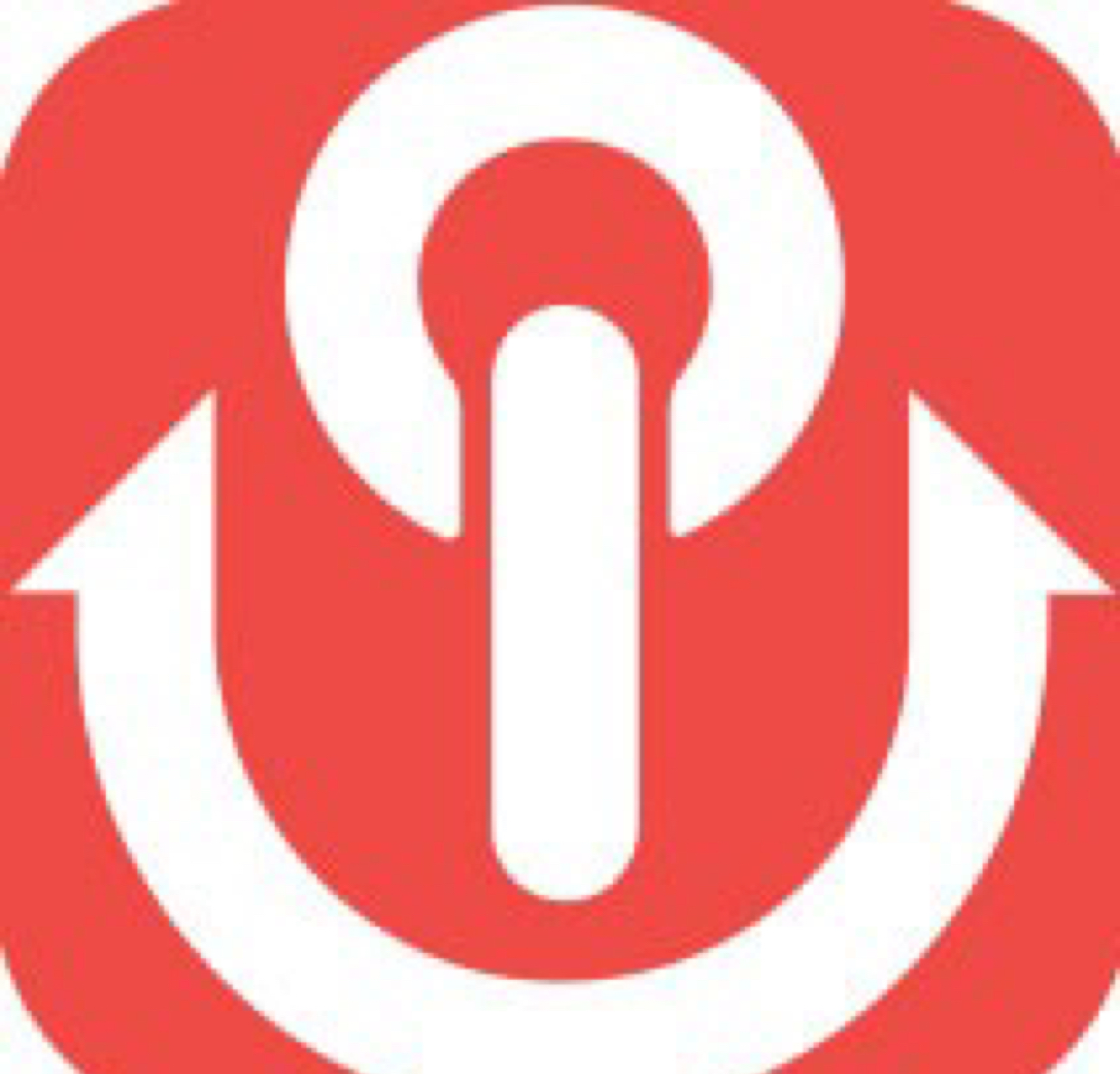Arbitrum과 Optimism의 가장 눈에 띄는 차이점은 무엇입니까?
벤자민 사이먼
먼저 한 가지 점을 말씀드리겠습니다. 저는 최근 Offchain Labs(Arbitrum 개발 회사)의 최신 펀딩 라운드에 참여했으며 Mechanism Capital도 참여했습니다. 이 기사에서 우리의 견해가 객관적인 척하는 것은 소용없겠지만, 이 기사가 독자들이 두 프로젝트 사이의 주요 차이점 중 일부를 이해하는 데 도움이 되기를 바랍니다.
모든 Rollup 솔루션은 유사한 기본 아키텍처 및 내부 논리를 따릅니다. 그럼에도 불구하고 이 시리즈의 첫 번째 부분에서 보았듯이 낙관적 롤업과 ZK 롤업 간의 단일 차이점(각각의 "검토 프로세스" 작동 방식)은 보안, 사용성 및 EVM 호환성에 영향을 미칩니다.
첫 번째 레벨 제목
초기 기원
첫째, 각 프로젝트에 대한 몇 가지 간략한 역사적 배경이 순서대로 있습니다. 공교롭게도 Arbitrum과 Optimism 모두 고유한 기원 이야기를 가지고 있습니다.
6년 반 전, Princeton의 쌀쌀한 아침에 Ed Felten 교수와 함께 일하는 학부생 그룹이 그들이 만들기로 계약한 프로젝트인 블록체인 기반 중재 시스템에 대해 이야기했습니다. 스마트 계약 플랫폼의 예상되는 확장성 문제 중 일부를 우회하는 것을 목표로 계획은 도전 및 분쟁 해결 시스템에 의존하는 블록체인을 설계하여 기존 채굴자의 계산 작업 부하를 완화하는 것입니다. "Arbitrum"이라고 불리는 이 시스템은 몇 년 후 Felten에 두 명의 야심찬 박사 과정 학생인 Steven Goldfeder와 Harry Kalodner가 접근하지 않았다면 대부분의 다른 유망한 학술 컴퓨터 과학 프로젝트와 같은 운명을 겪었을 것입니다. 초기 개념에서 강력한 Layer 2 솔루션을 구축하십시오. 얼마 지나지 않아 Felten, Goldfeder 및 Kalodner는 Offchain Labs를 공동 설립하고 Arbitrum을 추상적 아이디어에서 구체적인 현실로 전환했습니다.
첫 번째 레벨 제목
분쟁 해결: 매우 간략한 (재)소개
첫 번째 레벨 제목
중재와 분쟁 해결의 낙관론의 예비 비교
차이점을 설명하는 가장 쉬운 방법은 Optimism의 분쟁 해결이 Arbitrum보다 EVM(Ethereum Virtual Machine)에 더 의존한다는 것입니다. 누군가 Optimism에 이의를 제기하면 해당 거래 전체가 EVM을 통해 실행됩니다. 반대로 Arbitrum은 오프체인 분쟁 해결 프로세스를 사용하여 분쟁을 트랜잭션의 단일 단계로 줄입니다. 그런 다음 프로토콜은 최종 확인을 위해 이 한 단계 어설션(전체 트랜잭션이 아닌)을 EVM으로 보냅니다. 따라서 개념적으로 Optimism의 분쟁 해결 프로세스는 Arbitrum보다 훨씬 간단합니다.
이미지 설명
출처: OffChain Labs 개발 센터
분쟁 해결에 대한 Optimism의 접근 방식, 즉 EVM을 통해 전체 거래를 실행하는 방식은 개념적으로 더 간단할 뿐만 아니라 더 빠릅니다. Arbitrum의 프로세스에서와 같이 앞뒤로 "여러 라운드"가 없습니다. 실제로 Optimism Rollup은 이러한 이유로 "단일 라운드"라고 하는 반면 Arbitrum 롤업은 "다중 라운드"라고 합니다. 실제로 이것은 분쟁 거래의 경우 Ethereum의 최종 확인이 Optimism의 경우보다 Arbitrum의 경우 더 오래 지연됨을 의미합니다. 이 시리즈의 첫 번째 부분에서 살펴본 것처럼 분쟁 해결 속도는 사용자가 롤업에서 이더리움으로 토큰을 다시 교환하는 데 걸리는 시간을 결정하기 때문에 중요합니다.
첫 번째 레벨 제목
재구축 비교
두 가지 분쟁 해결 설계 간의 근본적인 트레이드 오프는 단순히 속도와 온체인 비용 사이에 있는 것으로 보입니다. 그러나 사실 이것은 너무 간단합니다. 다음 두 가지 이유로 인해 논란이 발생한다고 생각하는 사람이 거의 없기 때문입니다.
Arbitrum과 Optimism의 거래 프로세서는 사기 거래를 처리할 금전적 인센티브가 없습니다. 그들은 사기 거래의 경우 삭감되는 담보/채권을 미리 내놓도록 강요받습니다.
롤업의 상태를 모니터링하는 당사자는 거짓 사기 증거를 제출하는 것을 꺼립니다. Optimism에서는 도전자가 사기 증거를 위해 온체인 가스 요금을 지불해야 하기 때문에, Arbitrum에서는 도전자가 분쟁이 실패할 경우 압수된 가스를 제공해야 하기 때문에 Arbitrum에서 보증금.
따라서 분쟁이 거의 없을 것으로 예상되는 경우 분쟁 해결 프로세스의 구조가 중요한 이유는 무엇입니까?
분쟁은 드물지만 롤업은 가능한 경우 분쟁을 처리하도록 설계되어야 합니다. 따라서 "논란의 여지가 있는" 사례 디자인은 "비논란의 여지가 없는" 사례의 구조에 영향을 미칩니다.
Optimism은 분쟁 발생 시 EVM을 통해 모든 트랜잭션을 실행할 수 있어야 하므로 이더리움의 가스 한도를 초과하는 트랜잭션은 온체인에서 제대로 검증할 수 없기 때문에 처리할 수 없습니다. 대조적으로 Arbitrum은 트랜잭션이 EVM을 통해 일괄 처리되지 않고 먼저 작은 "단계 어설션"으로 분류되기 때문에 Ethereum의 가스 한도를 초과하더라도 임의로 큰 트랜잭션을 실행할 수 있습니다.
Optimism의 가스 제한이 애플리케이션에 어느 정도의 실질적인 제한을 둘지는 확실하지 않습니다. 그러나 분쟁 해결 설계 차이의 또 다른 중요한 의미는 Arbitrum이 온체인 체크포인트의 빈도를 줄임으로써 가스를 절약할 수 있다는 것입니다("상태 루트" 업데이트). 보다 구체적으로, Arbitrum은 단일 업데이트에 상당한 양의 오프체인 계산을 할당할 수 있습니다. 그 상태 루트 업데이트는 이론적으로 그 안에 포함된 모든 트랜잭션에 대한 (작은) 단일 단계 사기 증명을 포함할 수 있기 때문입니다. 반면에 Optimism은 모든 거래 후 온체인을 체크포인트해야 하므로 온체인 발자국이 크게 늘어납니다.
첫 번째 레벨 제목
분쟁 해결 및 잠재적인 공격 벡터
이러한 다양한 분쟁 해결 프로세스에 대한 마지막 요점은 논의할 가치가 있습니다. 즉, 각 디자인이 잠재적인 공격에 얼마나 저항력이 있는지입니다. 위에서 우리는 스팸 공격을 막기 위한 경제적 인센티브에 대해 이야기했습니다. 더 구체적으로 말하자면, Optimism이나 Arbitrum 검증인 모두 불필요한 도전을 제출하려고 하지 않습니다.
그러나 스팸 롤업의 경제적 비용을 부담하지 않는 악의적인 공격자의 경우는 어떻습니까? 다시 말해, 사람이나 단체가 낙관적 롤업 속도를 늦추는 데 전념하여 가짜 챌린지에 대해 반복적으로 비용을 지불하더라도 그렇게 할 의향이 있다면 어떻게 될까요?
위에서 언급했듯이 Optimism의 분쟁 해결 프로세스는 EVM을 통해 분쟁 거래만 제공하기 때문에 Arbitrum보다 간단하고 빠릅니다. 롤업 체인의 향후 진행을 방해하지 않고 신속하게 분쟁을 해결할 수 있기 때문에 이 속도는 여기에서 Optimism의 장점입니다.
문제는 Arbitrum에서 사용하는 것과 같은 분쟁 해결 절차의 "여러 라운드"입니다. 적어도 이론적으로 스패머는 각각 해결하는 데 상당한 시간이 걸리는 일련의 연속적인 도전을 시작하여 롤업의 진행을 멈출 수 있습니다. 사실 이것은 Arbitrum의 이전 반복을 괴롭힌 문제입니다.
그러나 Arbitrum의 최신 프로토콜은 "파이프라인"이라는 우아한 솔루션으로 이 문제를 해결합니다. 파이프라이닝을 통해 네트워크 검증자는 이전에 처리된 트랜잭션이 분쟁 중인 경우에도 최종 승인을 위해 트랜잭션을 계속 처리할 수 있습니다. 이렇게 하면 주문자가 거래를 처리하지 못하고 네트워크 당사자가 문제를 제출하는 것을 막는 병목 현상이 아니라 최근에 처리되었지만 아직 완료되지 않은 거래의 "파이프라인"이 생성됩니다.
이미지 설명
결론적으로
결론적으로
분쟁 해결 프로세스의 설계 외에도 Arbitrum과 Optimism 사이에는 다른 주목할만한 차이점이 있습니다.
코드베이스 아키텍처 및
채굴자 추출 가능 가치(MEV)에 대한 접근 방식
차이점을 매우 간략하게 요약하면: Optimism은 상대적으로 최소한의 코드베이스를 가지고 있는 반면 Arbitrum은 더 복잡하고 야심적입니다. 당연히 이 두 가지 비교 항목은 별도의 기사에서 자세히 다룰 가치가 있습니다. 특히 MEV는 두 프로젝트 간의 철학적 논쟁의 문제입니다. 적어도 출시 후 초기에는 둘 다 단순성을 위해 신뢰할 수 있는 시퀀서 모델을 사용할 것으로 예상됩니다.
궁극적으로 프로토콜 수준의 뉘앙스(그만큼 중요함)에서 한 걸음 물러나서 부트스트랩 전략, 인센티브 설계 및 커뮤니티 정신과 같이 이 두 헤비급을 구별하는 "부드러운" 요소도 있습니다. 실제로 낙관적 롤업이 장기적으로 성공하려면 이더리움의 부속물이 아니라 자체 세계가 되어야 합니다. 따라서 스케일링은 군비 경쟁이라기보다는 여러 전선에서 벌어지는 전쟁입니다. 승자는 한 명일 수도 있고 여러 명일 수도 있습니다. 몇 년 동안 지속될 수도 있고 조만간 끝날 수도 있습니다. 이것은 암호 화폐의 미래에 큰 영향을 미칠 것이 확실합니다.



